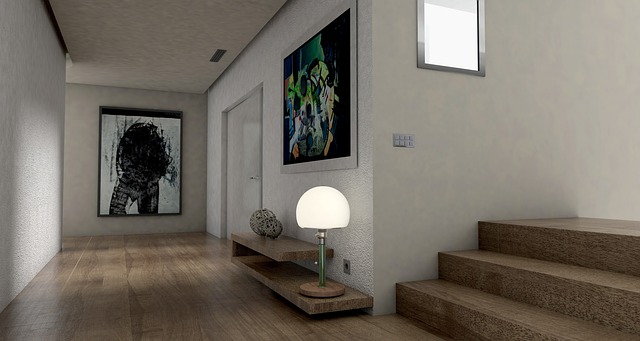As technology advances at an astonishing pace, the realms of virtual reality (VR) and augmented reality (AR) have emerged as groundbreaking platforms for engaging with the world around us. Object simulation stands at the forefront of these innovations, offering users a visually immersive experience that translates to the virtual landscapes of the metaverse. In the age of digital experiences, our interactions with simulated objects are not merely limited to entertainment; they encompass education, training, and social engagement.
Virtual reality creates a fully immersive environment where users can interact with objects as if they were physically present. Imagine stepping into a VR simulation where you can manipulate a 3D model of a car, examining its interior, testing its functions, and understanding how every part operates. This kind of object simulation not only enhances learning experiences but also allows for practical applications in fields like engineering and medicine, where precision and detail are paramount.
On the other hand, augmented reality enriches our physical surroundings by overlaying digital information onto real-world objects. With the help of AR, users can visualize how furniture fits into their living spaces or interact with educational tools that bring concepts to life. In the context of object simulation, AR serves as a bridge between the digital and tangible worlds, transforming ordinary experiences into extraordinary explorations. This layer of simulation enables users to interact dynamically with their environment, blurring the line between what is real and what is digital.
The concept of the metaverse takes these experiences a notch higher, creating a shared, persistent virtual space. Within this expansive digital realm, object simulation plays a vital role in manifesting virtual environments where countless users can gather, create, and collaborate. Picture a virtual conference where attendees from around the globe come together to discuss innovative ideas; each participant can utilize object simulation to share and showcase their projects in an interactive manner. The possibilities are as limitless as the imagination, allowing for collaborative problem-solving and creativity on a grand scale.
As VR and AR technologies continue to evolve, their potential for enhancing object simulation grows exponentially. This symbiosis leads to the emergence of sophisticated tools that foster engagement and understanding in ways we have only begun to explore. Gamification in education, virtual tourism, and remote collaboration are just a few examples of how object simulation can serve various industries and enrich our daily experiences in the metaverse.
Furthermore, as we advance into this new digital territory, the accessibility of object simulation technologies is also improving. With the rise of mobile AR applications and affordable VR headsets, engaging with simulated objects has never been more attainable. This democratization of technology allows people from different backgrounds and with varying levels of expertise to embark on their own adventures within virtual and augmented spaces.
Through a lens of object simulation, we are witnessing the transformation of our interactions and perceptions of the world around us. The immersive experiences within the metaverse and through augmented realities invite users to explore, create, and learn in unprecedented ways. As we consider the future, one thing remains clear: the blend of tangible and digital experiences will redefine our realities, shaping not only how we see the world but also how we connect with each other.



